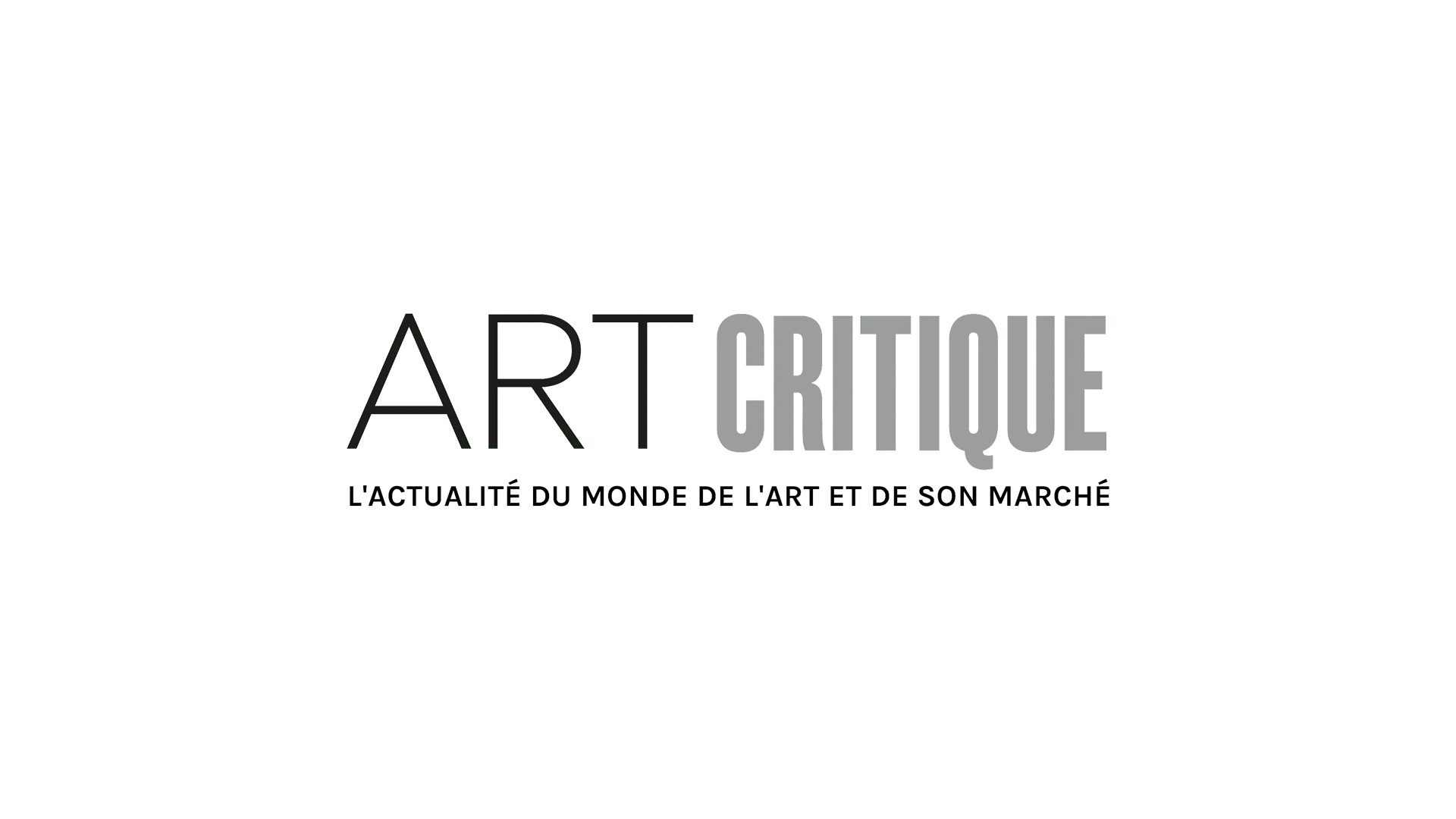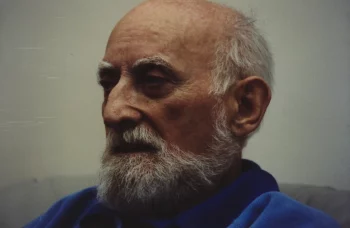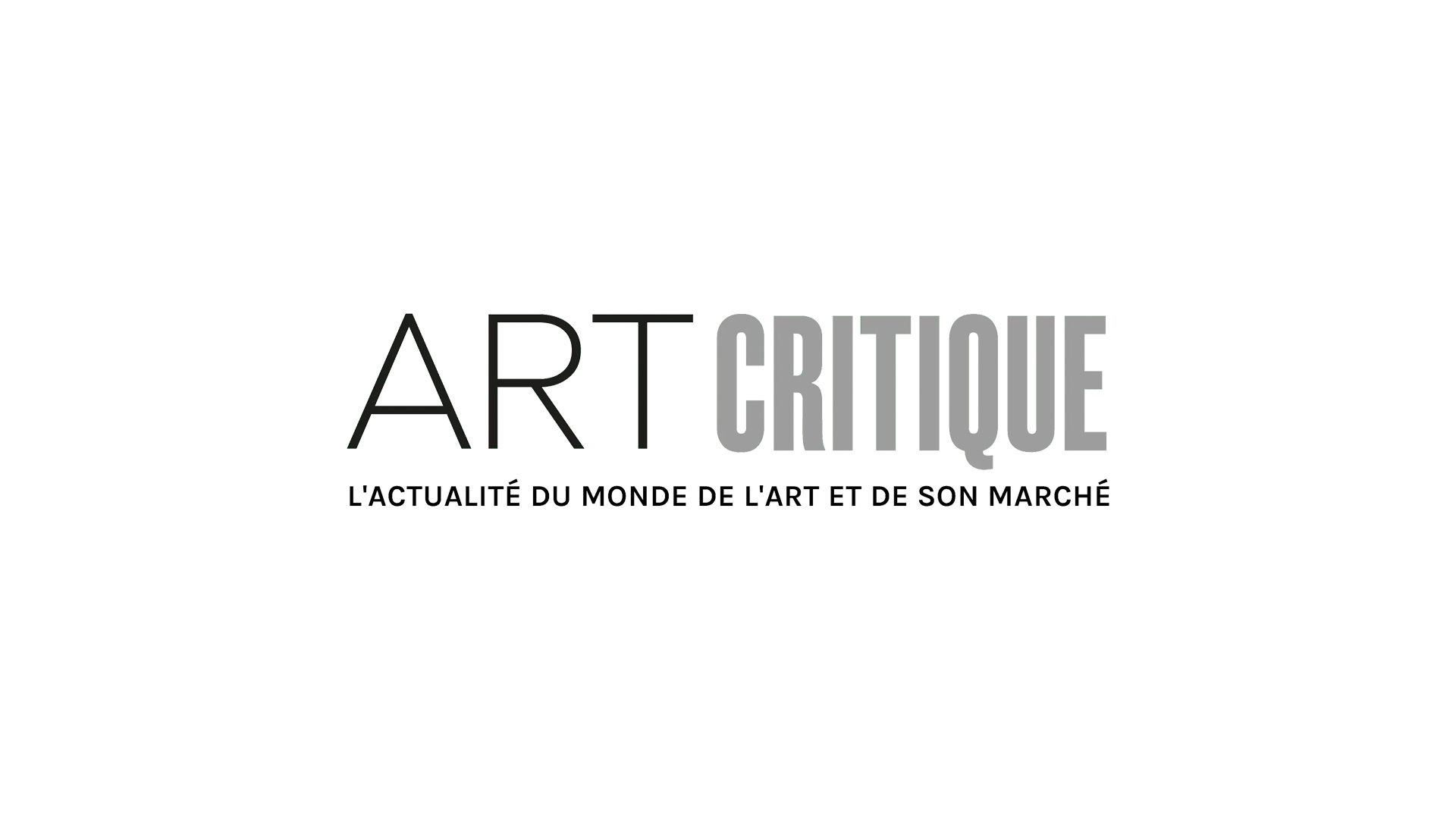It could perhaps be said that every art historian who has embarked on the path of research hopes, if only even slightly, to make a discovery unlike any other. For some, the discoveries they make change the course of art history. One scholar may have discovered a drawing by Leonardo da Vinci that could alter the path of art history and further cement doubts around the “last da Vinci”: the Salvator Mundi.
Italian scholar Annalisa Di Maria working with the UNESCO Centre in Florence has attributed a drawing, stored away in a vault for decades, to da Vinci. The drawing, from a private collector in Lecco, depicts Jesus Christ in three-quarter profile. The figure’s eyes gaze at the viewer in a distinctive style akin to that of da Vinci and not dissimilar to the Mona Lisa. Created in red chalk, the portrait bears a resemblance to the type of drawing for which da Vinci is known.
The drawing “recalls everything in the drawings of Leonardo: it is his language, and speaks loud and clear,” Di Maria told La Stampa, an Italian-language newspaper. She continued, stating that this is “the true face of Salvator Mundi,” adding that the drawing is “breathtaking.”

Extensive research has yet to be performed on the drawing, but preliminary testing has shown that the drawing’s substrate dates back to the 16th century, at a similar time to when da Vinci created another sketch in a similar medium called Portrait of a Man in Red Chalk. According to the Telegraph, more research is expected to be carried out on the work after Italy’s second wave of COVID-19 has subsided. As pointed out by Oxford University’s Martin Kemp, before many experts make their decisions on the work’s origins, they will require seeing the artwork in person.
If proven to be by da Vinci, Di Maria’s discovery could prove to be detrimental to the reputation of the Salvator Mundi, which has hung in the balance since before its record-setting sale in 2017. Lost for centuries, the Salvator Mundi resurfaced, was attributed to Boltraffio, and was bought in 2005 for $10,000 by a New York art dealer. In the years following that sale, expert opinion began to shift from Boltraffio to da Vinci and just like that, the painting’s existence changed.
Included in the London National Gallery’s extensive da Vinci retrospective, the painting gained momentum and in 2017, when it came to auction at Christie’s, it changed the art market when it sold for $450 million. Although, the painting was not without controversy and many still believed it not to be by the Italian Old Master. Since it was sold, the painting has more or less disappeared once more and was notably absent from the Louvre’s recent exhibition of works by da Vinci.
Much is still unknown about the Salvator Mundi as well as the drawing discovered by Di Maria, but as research moves forward on the drawing, the plot, for each, may well thicken.






